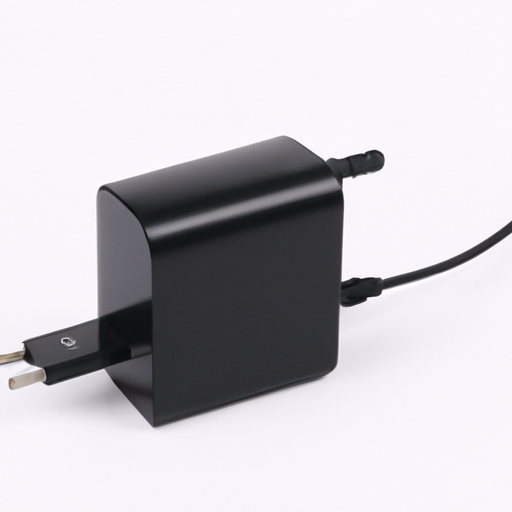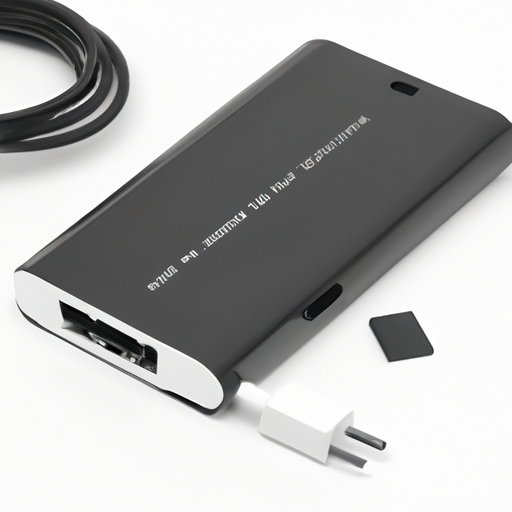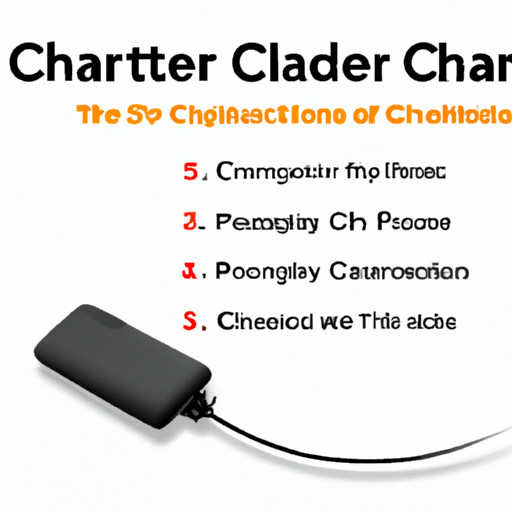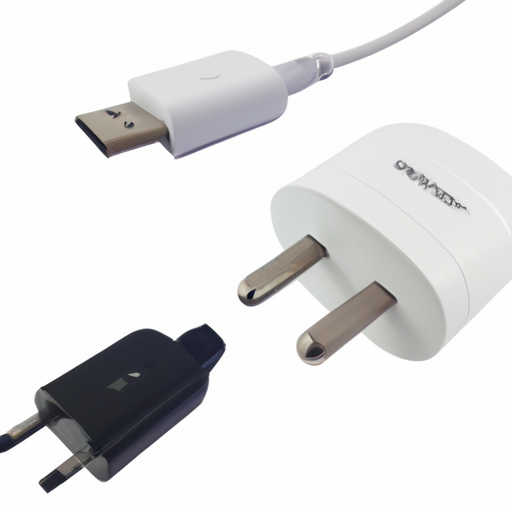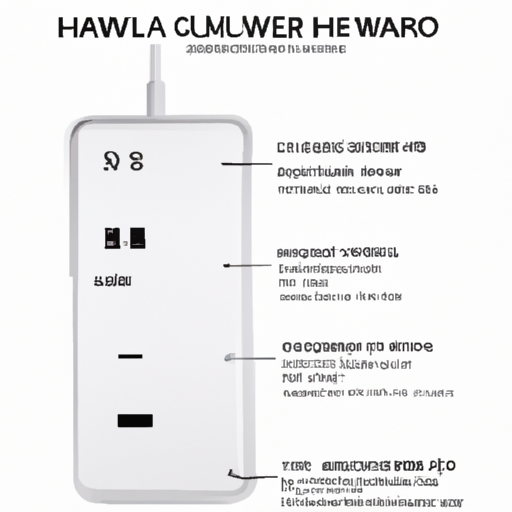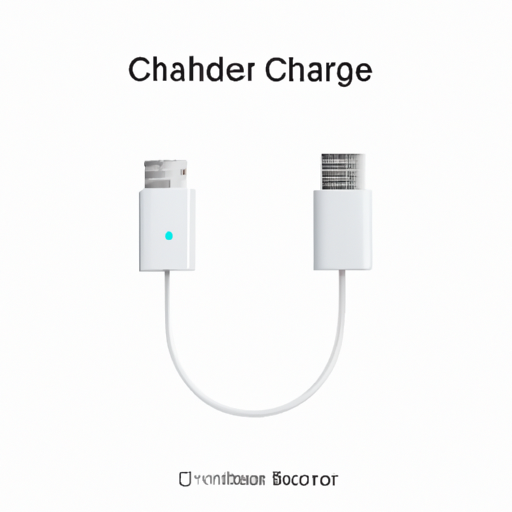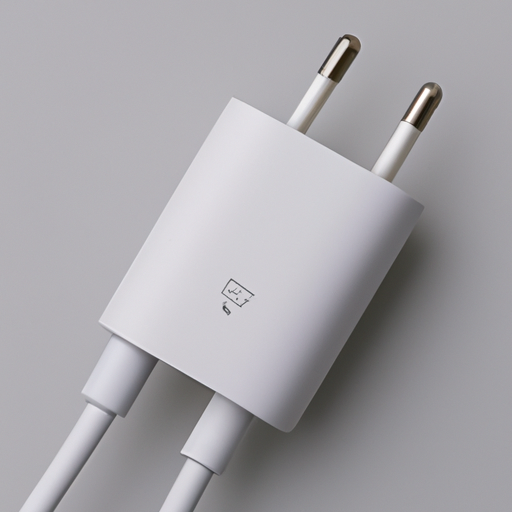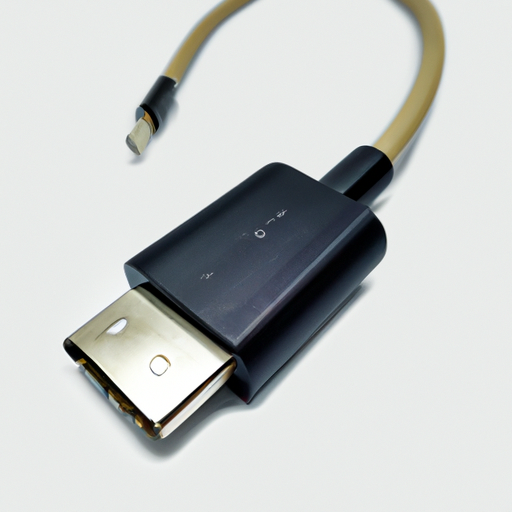C5 Charger: How to Classify Products
I. Introduction
In the ever-evolving landscape of consumer electronics, the C5 Charger stands out as a vital accessory for powering various devices. Defined as a compact and efficient charging solution, the C5 Charger serves a dual purpose: it not only provides energy to devices but also enhances user convenience. Understanding how to classify products like the C5 Charger is crucial for effective product management, marketing, and sales strategies. This article aims to educate readers on the principles of product classification, specifically focusing on the C5 Charger, and its relevance to consumers, retailers, and manufacturers alike.
II. Understanding Product Classification
A. Definition of Product Classification
Product classification is the systematic categorization of products based on shared characteristics, functions, or target markets. This process is essential in marketing and sales, as it helps businesses identify their offerings, tailor their strategies, and communicate effectively with their target audience. By classifying products, companies can streamline their operations and enhance customer experiences.
B. Types of Product Classification
1. **Consumer Products**
- **Convenience Products**: Items that are purchased frequently and with minimal effort, such as snacks or toiletries.
- **Shopping Products**: Products that consumers compare based on quality, price, and style before making a purchase, like clothing or electronics.
- **Specialty Products**: Unique items that consumers seek out and are willing to make a special effort to purchase, such as luxury cars or high-end electronics.
- **Unsought Products**: Products that consumers do not think about regularly, such as life insurance or funeral services.
2. **Industrial Products**
- **Materials and Parts**: Raw materials or components used in manufacturing, like steel or electronic components.
- **Capital Items**: Long-lasting goods that facilitate production, such as machinery or buildings.
- **Supplies and Services**: Items that support operations but do not become part of the final product, like office supplies or maintenance services.
III. The C5 Charger: Product Overview
A. Features and Specifications
The C5 Charger boasts several technical specifications that make it a reliable choice for consumers and businesses alike. With a voltage output of 5V and an amperage of 2A, it is designed to charge devices quickly and efficiently. Its compact design ensures portability, making it an ideal companion for travelers and on-the-go users. Additionally, the C5 Charger often includes features such as overcharge protection and compatibility with various devices, enhancing its usability.
B. Target Market
The target market for the C5 Charger is diverse. On the consumer side, it appeals to tech-savvy individuals, students, and professionals who rely on electronic devices daily. Demographics may include young adults and working professionals who prioritize convenience and efficiency. On the industrial side, the C5 Charger can find applications in sectors such as automotive and electronics, where reliable charging solutions are essential for operations.
IV. Classifying the C5 Charger
A. Consumer Product Classification
To classify the C5 Charger within the consumer product framework, one must consider its characteristics and the purchasing behavior of consumers.
1. **Identifying the Category**: The C5 Charger can be classified as a convenience product due to its frequent use and low price point. Consumers typically purchase chargers with minimal effort, often opting for them when they need a quick solution for charging their devices.
2. **Factors Influencing Classification**:
- **Frequency of Purchase**: The C5 Charger is likely to be purchased frequently, especially as consumers may need replacements or additional chargers for different devices.
- **Price Point**: Generally, chargers are priced affordably, making them accessible to a wide range of consumers.
- **Brand Loyalty**: While some consumers may show brand loyalty to specific charger manufacturers, many are open to trying different brands based on availability and price.
B. Industrial Product Classification
In the context of industrial product classification, the C5 Charger can also fit into specific categories based on its applications.
1. **Determining Industrial Categories**: The C5 Charger may be classified as a supply or service product in industrial settings, particularly in businesses that require charging solutions for their electronic devices.
2. **Applications in Various Industries**: In the automotive industry, for instance, the C5 Charger can be used to power devices within vehicles or for charging tools. In electronics, it can serve as a standard charging solution for various gadgets, enhancing operational efficiency.
V. Criteria for Effective Product Classification
A. Market Research and Analysis
Effective product classification begins with thorough market research and analysis. Understanding consumer needs and preferences is crucial for identifying the right category for a product. Additionally, competitor analysis can provide insights into how similar products are classified and marketed.
B. Product Lifecycle Considerations
The product lifecycle—comprising introduction, growth, maturity, and decline stages—also plays a significant role in classification. For the C5 Charger, understanding where it stands in its lifecycle can inform marketing strategies and classification decisions.
C. Regulatory and Compliance Factors
Safety standards and certifications are essential considerations in product classification. The C5 Charger must comply with relevant regulations to ensure consumer safety and build trust in the brand.
VI. Benefits of Proper Product Classification
A. Enhanced Marketing Strategies
Proper product classification leads to enhanced marketing strategies. By understanding the target audience and their preferences, businesses can create targeted advertising campaigns and promotions that resonate with consumers.
B. Streamlined Inventory Management
Effective classification also streamlines inventory management. By categorizing products, businesses can maintain efficient stock control, ensuring that popular items are readily available while minimizing excess inventory.
C. Improved Customer Satisfaction
When products are classified correctly, it leads to improved customer satisfaction. Consumers can easily find what they need, leading to informed purchasing decisions and a better overall experience.
VII. Challenges in Product Classification
A. Overlapping Categories
One of the significant challenges in product classification is the presence of overlapping categories. Distinguishing between product types can be difficult, especially when products share characteristics.
B. Rapid Technological Advancements
The fast pace of technological advancements poses another challenge. Keeping up with changes in product features and consumer preferences requires continuous research and adaptation.
C. Global Market Considerations
Finally, global market considerations complicate product classification. Variations in classification standards across regions can lead to confusion and inconsistencies in marketing strategies.
VIII. Conclusion
In conclusion, product classification is a vital aspect of product management that significantly impacts marketing, sales, and customer satisfaction. The C5 Charger, with its unique features and diverse applications, serves as an excellent case study for understanding classification principles. By applying these principles, businesses can enhance their strategies and better meet consumer needs. Readers are encouraged to consider how they can apply these classification principles in their own contexts, whether as consumers, retailers, or manufacturers.
IX. References
For further exploration of product classification, consider the following resources:
- Kotler, P., & Keller, K. L. (2016). *Marketing Management*. Pearson.
- Aaker, D. A. (2013). *Strategic Market Management*. Wiley.
- Industry reports on consumer electronics and product classification trends.
By understanding the nuances of product classification, stakeholders can navigate the complexities of the market and make informed decisions that drive success.

